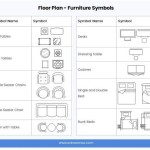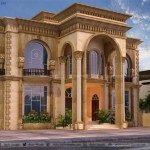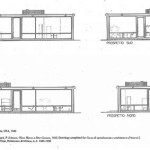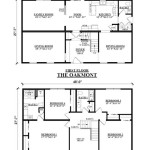House Plans and Designs in Zambia: Essential Considerations for Homeowners
As a homeowner in Zambia, designing and constructing your dream home requires careful planning and consideration of several essential aspects. From selecting the right plot to choosing functional and aesthetically pleasing designs, every decision impacts the functionality, comfort, and overall value of your property. Here are key elements to consider when developing house plans and designs in Zambia:
1. Plot Selection
The location and size of the plot are crucial. Consider factors such as proximity to essential amenities, transportation routes, and scenic views. The size of the plot should accommodate your desired home size, landscaping, and future expansion plans.
2. Architectural Style
Choose an architectural style that aligns with your personal preferences and the overall aesthetics of the neighborhood. Popular styles in Zambia include Modern, Contemporary, Traditional, and African-inspired designs. Each style offers unique features, materials, and finishes.
3. Functional Layout
The floor plan should optimize space utilization and create seamless transitions between rooms. Consider the number of bedrooms, bathrooms, living areas, and other functional spaces required. Ensure there is adequate natural lighting and ventilation throughout the house.
4. Building Materials
The choice of building materials influences the durability, cost, and sustainability of your home. In Zambia, common materials include brick, concrete blocks, steel, and locally sourced timber. Select materials that suit the climate and comply with building regulations.
5. Energy Efficiency
Incorporating energy-efficient features reduces operating costs and promotes sustainability. Consider factors such as insulation, solar panels, energy-efficient appliances, and natural lighting to minimize energy consumption.
6. Security Features
Ensure your home is secure by incorporating safety measures such as reinforced doors and windows, burglar alarms, security lighting, and perimeter fencing. The design should allow for clear visibility and minimize blind spots around the property.
7. Local Regulations and Permits
Before commencing construction, obtain the necessary building permits and approvals from the local authorities. This ensures compliance with building codes, safety standards, and zoning regulations. Failure to adhere to these requirements can result in penalties or the suspension of construction.
8. Professional Expertise
Engage the services of qualified architects, engineers, and contractors to ensure the quality and safety of your home. Their expertise will guide you through the design process, address technical specifications, and supervise construction.
9. Climate Considerations
Zambia's tropical climate influences house designs. Consider features such as covered verandas, shaded courtyards, and cross-ventilation to provide protection from the sun and enhance indoor comfort.
10. Cultural Influences
Incorporate elements that reflect the local culture and heritage. Consider traditional motifs, natural materials, and vibrant colors that celebrate Zambia's rich history and traditions.
By carefully considering these essential aspects, you can create a house plan and design that meets your functional, aesthetic, and budgetary requirements while adhering to local regulations and embracing the unique characteristics of Zambia's environment.

House Plans Real Estate Zambia Be Forward

2 Bedroom House Plans Real Estate Zambia Be Forward

Building A Family Home In Zambia

Free House Plan Zambian 3 Bedrooms Image Search Results Bedroom Plans New

4 Bedroom House Plans Real Estate Zambia Be Forward

Semi Detached House Plans In Zambia Luxury Modern Townhome 2 Bedroom For Waterfalls Lusaka

House Plans Real Estate Zambia Be Forward

2 Bedroom House Plans Real Estate Zambia Be Forward

Building A Family Home In Zambia

8 Modern Bungalow House Plans Ideas








